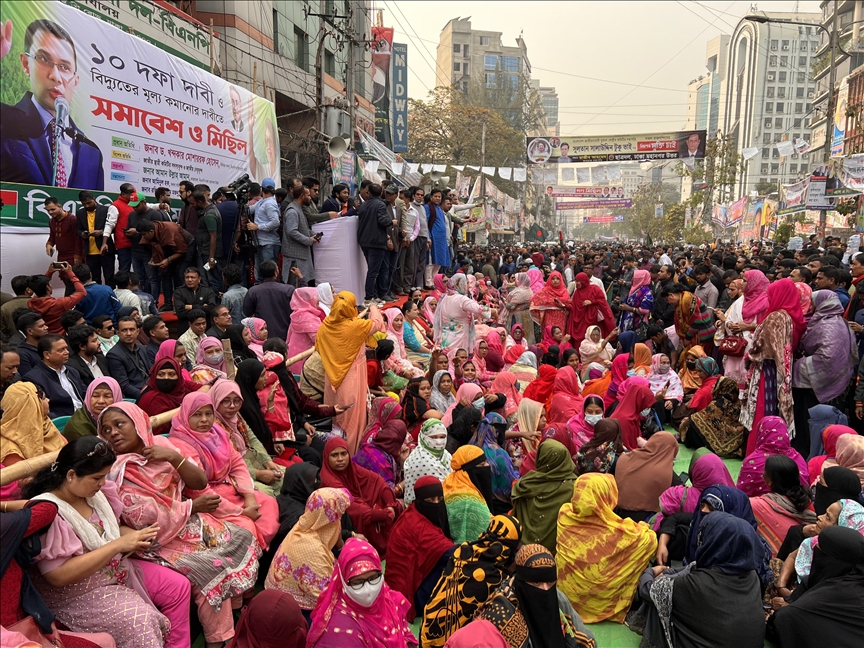BYMIKE SCHNEIDER AND THE ASSOCIATED PRESS
February 4, 2023

People visit Magic Kingdom Park at Walt Disney World Resort in Lake Buena Vista, Florida, in April 2022.
TED SHAFFREY, FILE—AP PHOTO
Union members voted down a contract proposal covering tens of thousands of Walt Disney World service workers, saying it didn’t go far enough toward helping employees face cost-of-living hikes in housing and other expenses in central Florida.
The unions said that 13,650 out of 14,263 members who voted on the contract on Friday rejected the proposal from Disney, sending negotiators back to the bargaining table for another round of talks that have been ongoing since August. The contract covers around 45,000 service workers at the Disney theme park resort outside Orlando.
Disney World service workers who are in the six unions that make up the Service Trades Council Union coalition had been demanding a starting minimum wage jump to at least $18 an hour in the first year of the contract, up from the starting minimum wage of $15 an hour won in the previous contract.
The proposal rejected on Friday would have raised the starting minimum wage to $20 an hour for all service workers by the last year of the five-year contract, an increase of $1 each year for a majority of the workers it covered. Certain positions, like housekeepers, bus drivers and culinary jobs, would start immediately at a minimum of $20 under the proposal.
“Housekeepers work extremely hard to bring the magic to Disney, but we can’t pay our bills with magic,” said Vilane Raphael, who works as a housekeeper at the Disney Saratoga Springs Resort & Spa.
The company said that the proposal had offered a quarter of those covered by the contract an hourly wage of $20 in its first year, eight weeks of paid time off for a new child, maintenance of a pension and the introduction of a 401K plan.
“Our strong offer provides more than 30,000 Cast Members a nearly 10% on average raise immediately, as well as retroactive increased pay in their paychecks, and we are disappointed that those increases are now delayed,” Disney spokesperson Andrea Finger said in a statement.
The contract stalemate comes as the Florida Legislature is prepared to convene next week to complete a state takeover of Disney World’s self-governing district. With the support of Florida Gov. Ron DeSantis, the GOP-controlled Statehouse last April approved legislation to dissolve the Reedy Creek Improvement District by June 2023, beginning a closely watched process that would determine the structure of government that controls Disney World’s sprawling property.
The contract with the service workers covers the costumed character performers who perform as Mickey Mouse, bus drivers, culinary workers, lifeguards, theatrical workers and hotel housekeepers, representing more than half of the 70,000-plus workforce at Disney World. The contract approved five years ago made Disney the first major employer in central Florida to agree to a minimum hourly wage of $15, setting the trend for other workers in the hospitality industry-heavy region.
A report commissioned last year by one of the unions in the coalition, Unite Here Local 737, said that an adult worker with no dependents would need to earn $18.19 an hour to make a living wage in central Florida, while a family with two children would need both parents earning $23.91 an hour for a living wage.
While a wage of $15 an hour was enough for the last contract, “with skyrocketing rent, food, and gas prices in the last three years, it’s no longer possible to survive with those wages,” the report said.
Before the pandemic, workers with families in the $15 to $16.50 an hour wage bracket could pay their bills. But with inflation causing the price of food and gas to shoot up, an employee earning $15 an hour full time currently makes $530 less than the worker would need to pay for rent, food and gas each month, the report said.
Last month, food service and concessions workers at the Orange County Convention Center voted to approve a contract that will increase all nontipped workers’ wages to $18 an hour by August, making them the first hospitality workers in Orlando to reach that pay rate.
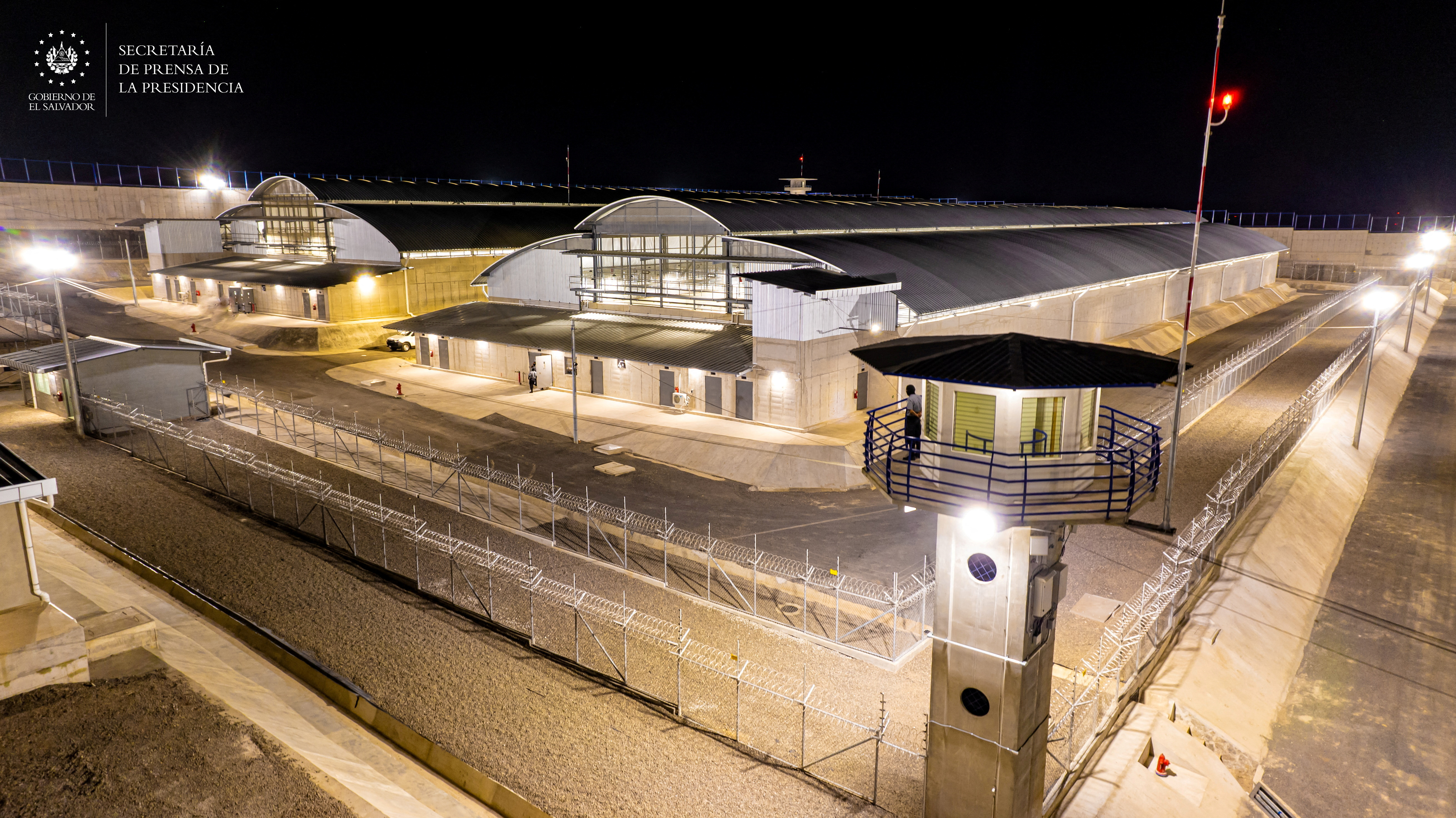
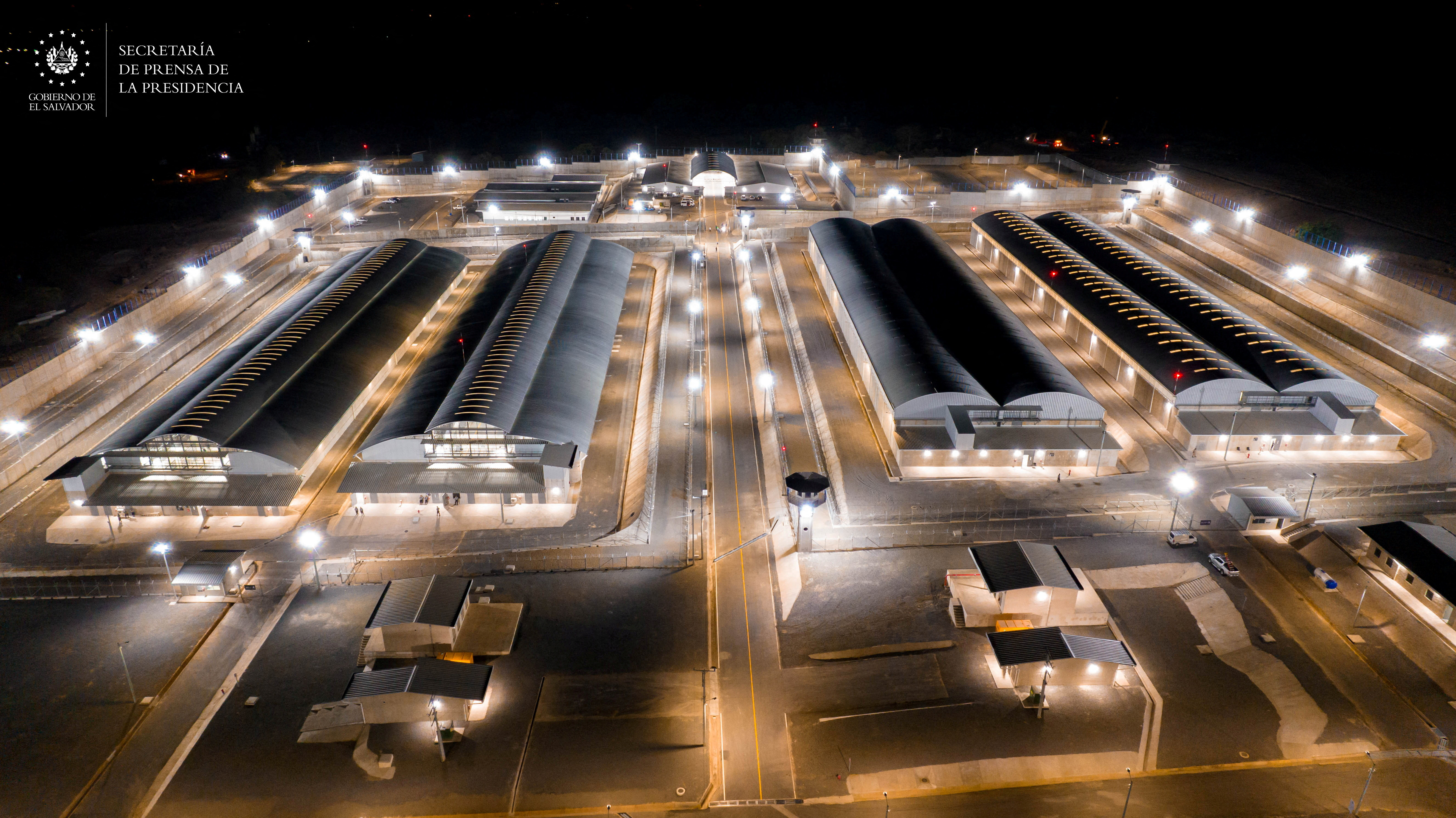

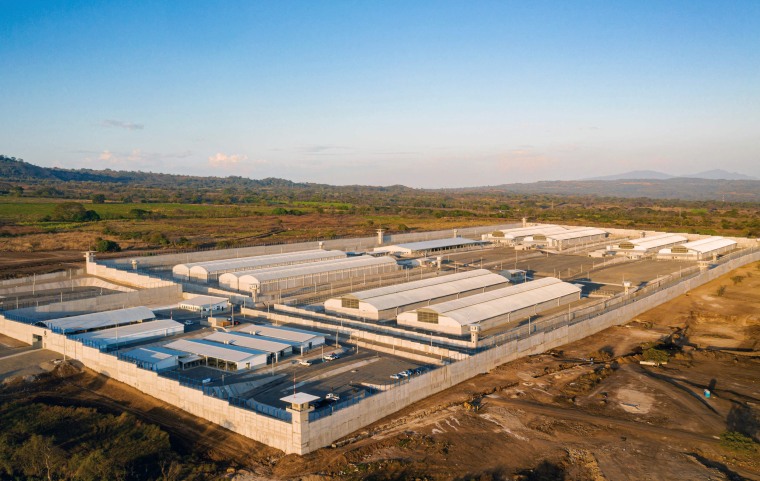
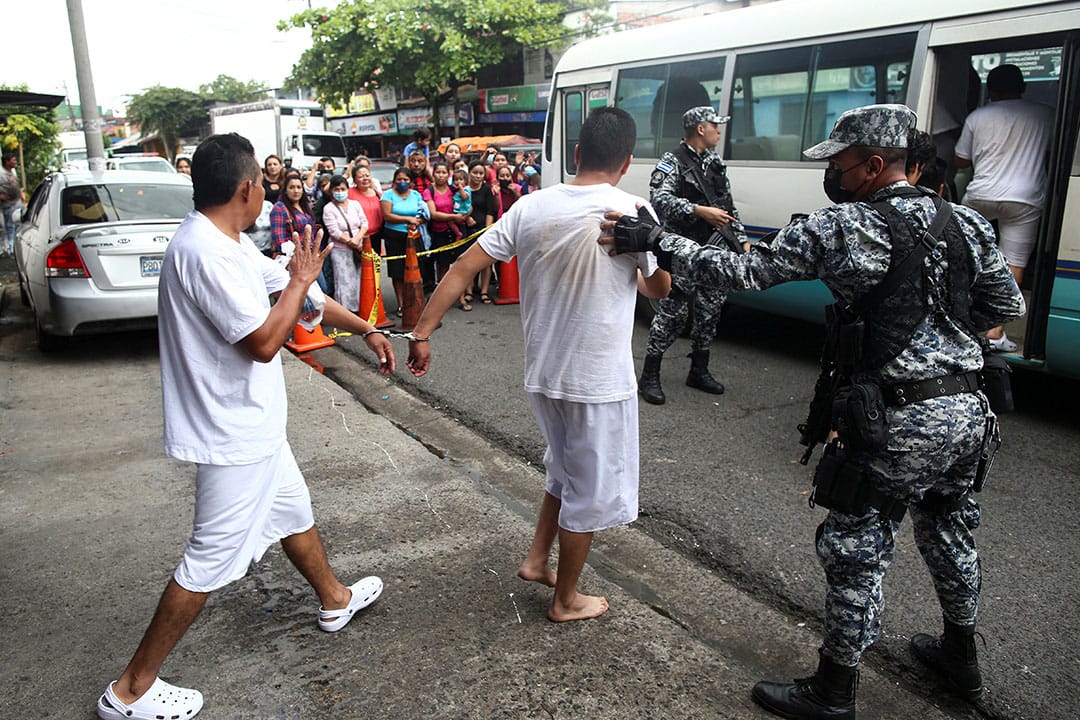


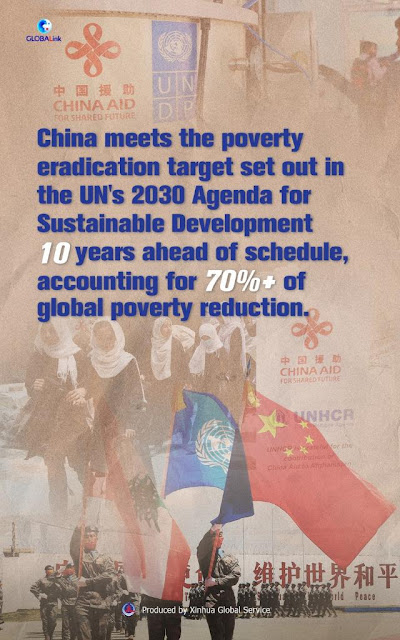

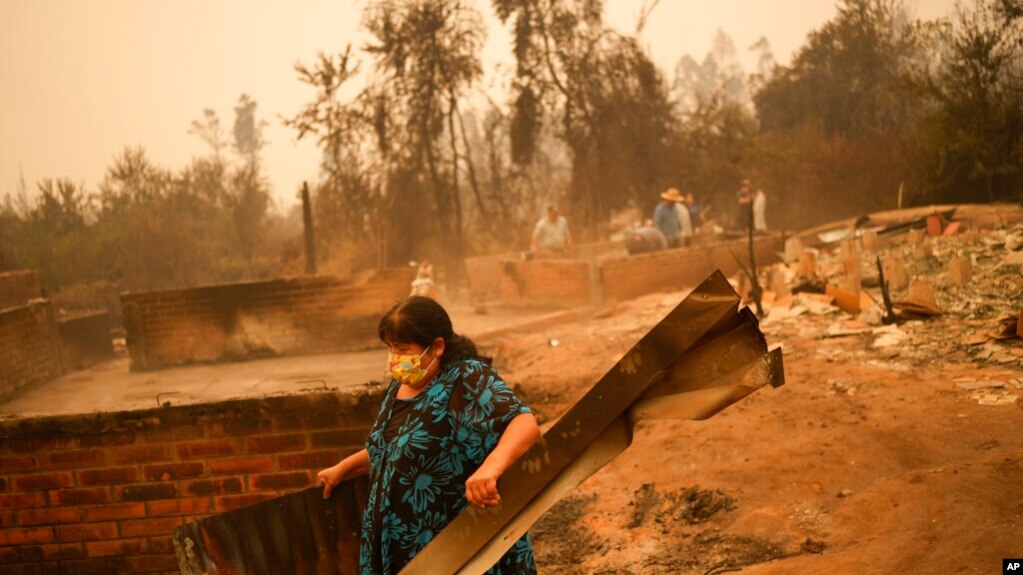
:quality(70)/cloudfront-eu-central-1.images.arcpublishing.com/thenational/ZODV3O7SB6PUGEPZIGGDPMU6GQ.jpg)
:quality(70)/cloudfront-eu-central-1.images.arcpublishing.com/thenational/NVFNLIMTJET4M56PQJ4HGBKGYA.jpg)
:quality(70)/cloudfront-eu-central-1.images.arcpublishing.com/thenational/46WD3JBLOZJ7RJKXHRNU63JJ5Y.jpg)
:quality(70)/cloudfront-eu-central-1.images.arcpublishing.com/thenational/CUQH7LMDAJNNG6YY3XRHBR5AYE.jpg)
:quality(70)/cloudfront-eu-central-1.images.arcpublishing.com/thenational/MMB3G2DAPIJFYGXSKQFAUQHI3E.jpg)
:quality(70)/cloudfront-eu-central-1.images.arcpublishing.com/thenational/N4DZ5E5XOCQBDALGY2Q5Q6FY3Q.jpg)
:quality(70)/cloudfront-eu-central-1.images.arcpublishing.com/thenational/OEQNNN3ERDRF4G2O7VTB4ANWAU.jpg)
:quality(70)/cloudfront-eu-central-1.images.arcpublishing.com/thenational/QGWVPTSRVEVUL7Q3BPYF67XIPI.jpg)
:quality(70)/cloudfront-eu-central-1.images.arcpublishing.com/thenational/5CS7LUZMPAUNO4C6CRSYDB6ZZA.jpg)




